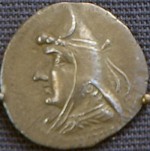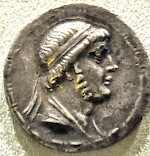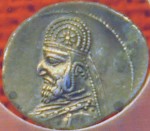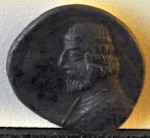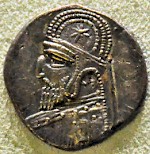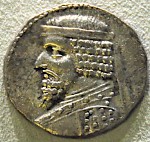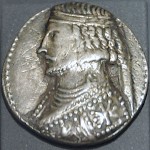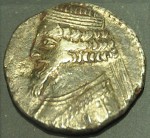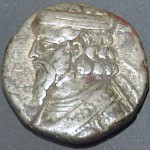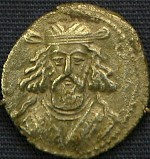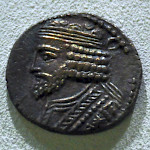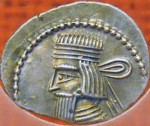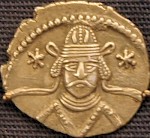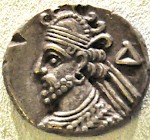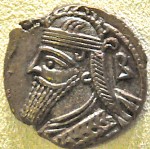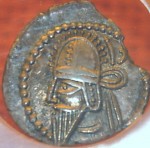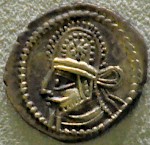Arsacids
TheParthian or Arsacid Empire was the most enduring of the empires of the ancient Near East. After the Parni nomads had settled in Parthia and had built a small independent kingdom, they rose to power under king Mithradates the Great (r.171-138 BCE). The Parthian Empire occupied all of modern Iran, Iraq, and Armenia, parts of Turkey, Georgia, Azerbaijan, Turkmenistan, Afghanistan, and Tajikistan, and - for brief periods - territories in Pakistan, Syria, Lebanon, Israel, and Palestine. The end of this loosely organized empire came in 224 CE, when the last Arsacid king was defeated by one of his vassals, the Persians of the Sasanian dynasty.
The chronology of the Arsacid kings of the Parthian Empire (and Armenia) is less well-understood than, for example, the sequence of Seleucid and Ptolemaic kings or the emperors of Rome. This information is based on the researches by G.R.F. Assar, as published in "Iran under the Arsakids, 247 BC – AD 224/227" in: Numismatic Art of Persia (2011). After 52 CE, another branch of the Arsacid dynasty ruled in Armenia (more).
